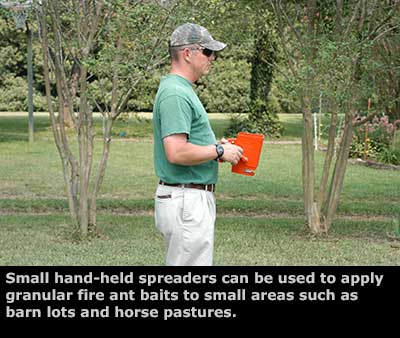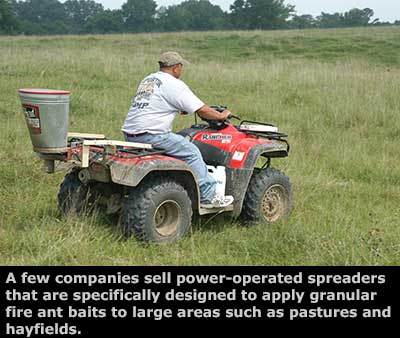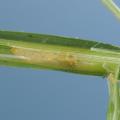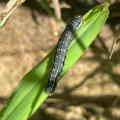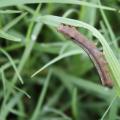Fire Ants in Pastures and Hay Fields
Fire ants occur in every pasture, hayfield, and barnyard in the state. Although they are definitely a nuisance and hazard, it may not always be worth the time and expense required to control fire ants. Most Mississippi pastures are not routinely treated to control fire ants, and it is difficult to argue that it would be economically justifiable to do so. However, there are many situations where it is desirable to control fire ants. These range from frequently used barnyards, horse pastures, and lamb or goat pens to highly managed hayfields. The decision as to whether or not to control fire ants on a particular field or barnyard is up to the individual producer depending on how the area is used. Fortunately, there are tools available that will allow producers to control fire ants in such settings, even when grazing animals are present, with relatively low labor and costs inputs.
Granular fire ant baits are the best way to control fire ants in pastures and hayfields, but it is important to be sure the bait you buy is approved for use around grazing animals.
Fire ant baits are applied at very low rates, usually one to two pounds per acre. Some companies make spreaders that are specially designed to apply these low rates over large acreage. Depending on the level of control desired, the annual cost of controlling fire ants in a pasture or hay field can range from around $10 to $50 per acre.
See Extension Publication 2493, Control Fire Ants in Pastures, Hayfields, and Barnyards for recommended bait treatments and details on use. Read the section on Fire Ant Biology to learn more about how baits work.
Shipping Hay from Mississippi to Fire Ant-Free Areas:
All Mississippi counties are infested with imported fire ants and baled hay and straw must be certified as being free of fire ants before it can be shipped to uninfested areas. See the Imported Fire Ant Quarantine Map.
Before shipping hay or straw outside of the Imported Fire Ant Quarantine zone, contact the Mississippi Department of Agriculture’s Bureau of Plant Industry to arrange for inspection(s) and certification.
See the USDA, APHIS publication, Questions and Answers for Producers, Sellers, and Buyers of Baled Hay Moving from Areas Under Quarantine for Imported Fire Ant, for additional information about shipping baled hay and straw outside imported fire ant quarantined areas.
Publications
News
Following last year’s significant fall armyworm outbreak, hay producers should be careful not to overlook another important pest -- the Bermudagrass stem maggot -- while watching for armyworms. While farm armyworms attack hay fields, home lawns, golf courses and more, the non-native Bermudagrass stem maggot is primarily a pest of hay fields.
Lawns, pastures and even winter food plots are at risk as an insect army advances across much of the state in higher than normal numbers. Blake Layton, entomologist with the Mississippi State University Extension Service, said fall armyworms are the most damaging insect pests of bermudagrass hayfields and pastures
Every year, lawns and pastures become targets for late-summer grass-eating caterpillars, making it important to watch for the usual suspects and some culprits that are less common.



